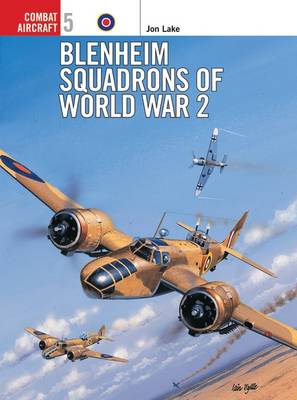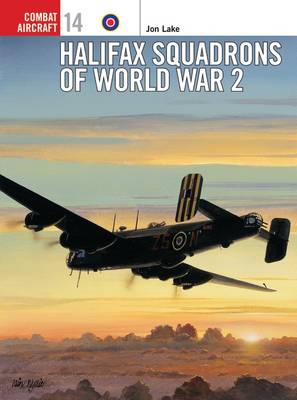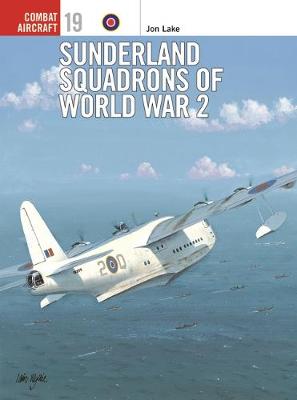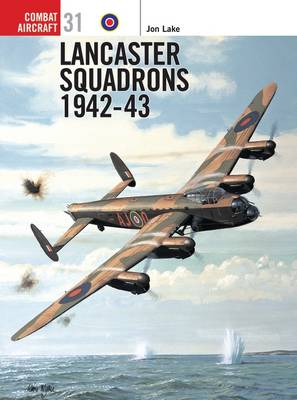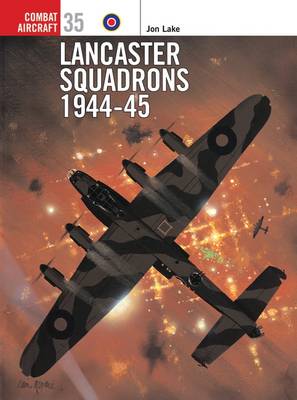Osprey Combat Aircraft
5 primary works
Book 5
The Bristol Blenheim was the result of a speculative private venture, rather than a design built to a specific Air Ministry request. First flown in 1935 its impressive performance led to a large production run. It was the Blenheim that performed the first recce and bomber raids on Germany at the beginning of the war. It continued in front-line service in Africa and the Far East well into 1943. This volume on the Bristol Blenheim includes interviews with aircrews, unit histories and describes the tactics used in combat with Blenheims. Scale drawings of the fighter and bomber variants are presented and there is a section on uniforms as worn by Blenheim aircrew.
Book 14
The second of Britain's four-engined bombers to enter frontline service, Handley Page's Halifax has forever lived in the shadow of Avro's superb Lancaster. However, it was a Halifax which became the first RAF 'heavy' to drop bombs on Germany when No 35 Sqn raided Hamburg on the night of 12/13 March 1941. Between 1941-45, the Halifax completed some 75,532 sorties with Bomber Command alone [compared with the Lancaster's 156,000], not to mention its sterling work as both a glider tug and paratroop carrier with the Airborne Forces, maritime patrol mount with Coastal Command and covert intruder with the SOE.
Book 19
The elegant Sunderland was the RAF's staple maritime patrol aircraft throughout World War II (1939-1945). Crucial in the Battle of the Atlantic, the Sunderland was instrumental in defeating the U-Boat menace which threatened to starve the UK into submission. Nicknamed the Flying Porcupine due to its heavy armoury of 14 guns, the Sunderland proved an immediate success in battle. Aside from its worldwide use with the RAF, it saw action with the RAAF, RNZAF and RCAF. This is the first book devoted to the Sunderland's WW2 service to be published in over a decade.
Book 31
The RAF's most successful heavy bomber of World War 2, the Avro Lancaster formed the backbone of Bomber Command during the large-scale night bombing campaign against occupied Europe. Produced in massive numbers (7300+ up to VE-Day), the first examples entered squadron service on Christmas Eve 1941, and tasted combat the following March. The first of two volumes on the British bomber icon of World War 2, this volume covers the early daylight raids, the first 1000 bomber raids on Germany and the epic Dambusters mission of 16/17 May 1943 by No 617 Sqn.
Book 35
The RAF's most succesful heavy bomber of World War II, the Avro Lancaster, formed the backbone of Bomber Command during the large-scale night bombing campaign against occupied Europe. Produced in massive numbers (over 7300 up to VE-Day), the first examples entered squadron service on Christmas eve 1941, and tasted combat the following March. The second of two volumes on the British bomber icon of World War II, this title details Bomber Command's massive nocturnal bombing campaign, its support for the D-Day landings, Tallboy raids against the U-boat pens in France and the battleship Tirpitz in Norway and the final daylight missions of 1945.
